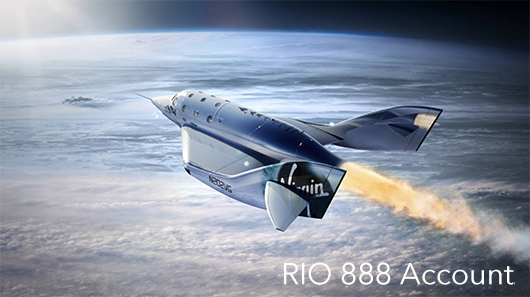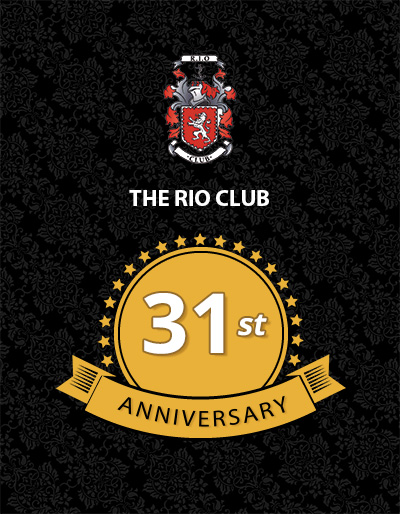


RIO Press Articles |
| Globe Asia - Jun 2011 |
| Globe Asia - Currency Wars Nov 2010 |
| Player Magazine - Born Trader 2009 |
RIO ARC Reports |
| ARC GBP Report Jul2025 |
| ARC USD Report Jul2025 |
| ARC USD Report Apr2025 |
| ARC GBP Report Mar2025 |
| ARC USD Report Mar2025 |
RIO Platinum USD/GBP Reports |
| RIO Platinum USD Oct2025 |
| RIO Platinum USD Mar2025 |
| Platinum Report Feb2025 |
| RIO Platinum GBP Oct2024 |
| RIO Platinum USD Jun2024 |
RIO Silver Lining Reports |
| Silver Lining GBP Jul2025 |
| Silver Lining Report Feb2025 |
| Silver Lining Report Feb2025 |
| Silver Lining USD Report Oct2024 |
| Silver Lining GBP Report Jun2024 |
RIO Currency Concept Reports |
| Currency Concept Report Apr2025 |
| Currency Concept Report Apr2025 |
| Currency Concept Report Oct2024 |
| Currency Concept Report Jul2024 |
| Currency Concept Report Dec2023 |
RIO Property Reports |
| RIO Property Oct2025 |
| Property Report Apr2025 |
| Property Report Mar2025 |
| Property, a focus on Scotland Oct24 |
| Property Report Oct2024 |
RIO Regular Reports |
| Regular USD Report Oct2025 |
| Regular USD Report Jul2025 |
| Regular USD Report May2025 |
| Regular GBP Report May2025 |
| Regular GBP Report Apr2025 |
General RIO Club Reports |
| RIO Smart Money Oct2025 |
| Britain not so Great for some |
| Gold Report Nov2023 |
| Gold Jan2023 |
| End of Year Summary 2022 |
General Investment Reports |
| Will the Fed cut interest rates? |
| Gold |
| The UK Budget |
| The Election is Over! |
| Gold Report Mar2024 |
RIO Charity and Sponsorship |
| RIO Sponsors ATGT 2025 |
| RIO Sponsors GTC Marbella 2025 |
| RIO Sponsors Garden Party Spain |
| RIO Sponsors FUFGT 2025 |
| RIO Sponsors German Open Cup 2025 |
Health Wealth and Happiness

Download the historic RIO magazines
U.S. aviation agency probes Branson's Virgin Galactic flight deviationThe U.S. Federal Aviation Administration (FAA) said Wednesday it is investigating a deviation in the descent of the flight of the Virgin Galactic rocket plane that carried British billionaire Richard Branson to the edge of space on July 11. The New Yorker magazine earlier reported that the regulator was investigating an off-course descent. An FAA spokesman told Reuters the vehicle “deviated from its Air Traffic Control clearance as it returned to Spaceport America. The FAA investigation is ongoing.” Virgin Galactic acknowledged in a statement to Reuters that “the flight's ultimate trajectory deviated from our initial plan” but added it “did not fly outside of the lateral confines of the protected airspace.” The company said “the flight did drop below the altitude of the airspace ... “for a short distance and time (1 minute and 41 seconds) before re-entering restricted airspace.” It added that “at no time did the ship travel above any population centers or cause a hazard to the public.” The company said it is “working in partnership with the FAA to address the airspace for future flights.” Virgin Galactic said that “when the vehicle encountered high altitude winds which changed the trajectory, the pilots and systems monitored the trajectory to ensure it remained within mission parameters.” The New Yorker reported that during the flight a red light flashed on the ship's console, indicating an “entry glide-cone warning.” Virgin Galactic said that “at no time were passengers and crew put in any danger as a result of this change in trajectory.” Branson, one of six Virgin Galactic employees who took part in the flight, soaring more than 50 miles above the New Mexico desert, in July touted the mission as a precursor to a new era of space tourism and said the company he founded in 2004 was poised to begin commercial operations next year.
|